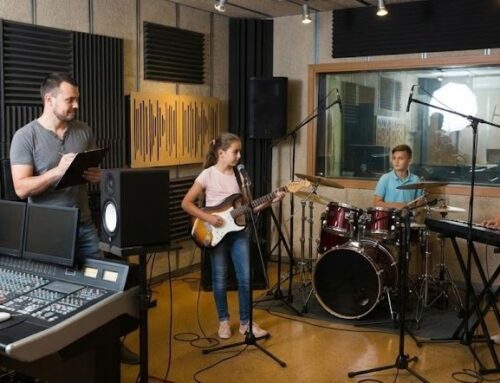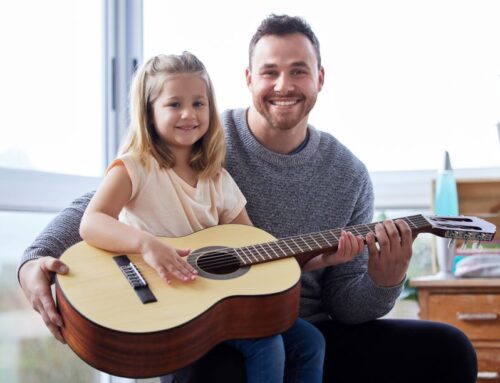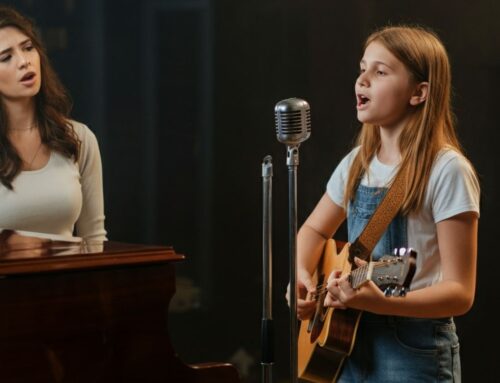When a child first starts taking music lessons it is probably easy for them to stick with the commitment because the hobby is one that they’re excited about. However, as they progress through their weekly lessons it may become more difficult for them to keep up with all the practice time and skill development that music lessons require. While there are probably several reasons for this, there are a few things you can do to help them stay motivated and interested in their commitment.
Goals may vary
At Capstone Music Burlington, we’re all about “playing” music and our award winning instructors take an approach to teaching instruments that suits the student. When music lessons are fun students thrive, learn and stick to it!
The goals that students have for themselves when it comes to learning a musical instrument are sure to vary. While one student may have their heart set on becoming a well-known concert pianist or play in a popular band, another may just want to learn how to play a few songs in order to perform for friends or play with their family one day. Taking these goals into consideration when planning a lesson strategy is essential in keeping students engaged. If lessons are too intense and demanding, a casual student may be scared off from continuing. On the flip side, if the lessons aren’t demanding enough the determined student may not feel engaged or driven enough to pursue their dreams.
Several approaches to music lessons
The most important goal of any music lessons is to keep a student interested and motivated to continue fostering a love of music, and there are several ways that can be accomplished. There are 4 developed approaches to learning music.
Orff Approach – Carl Orff, the creator of this method, believed that students do not like to study and therefore should be encouraged to have fun and play with music. Students are taught to imitate, explore, improvise and compose to their hearts content.
Kodaly Method – This philosophy believes that all music interest begins with singing and that students should learn how to read music before they begin to play an instrument. This method includes the ‘hand-sign’ method that involves solfege singing (do-re-mi-fa-so-la-ti-do).
Suzuki Method – Japanese violinist Shinichi Suzuki used the principles of how people learn a language to teach music and referred to it as ‘the mother-tongue approach’. Students use listening, repetition, memorization and vocabulary with the help of parental involvement to learn music.
Dalcroze Eurhythmics – The method created by Swiss educator Emile-Jacques Dalcroze centers on the idea that musical learning should always be combined with movement. The thought is that people learn best with they are using multiple senses, including touch, movement, sight and hearing.
Ways to encourage a love of music
When it comes to learning how to play an instrument, it isn’t just about how much time is spent taking lessons. Practice time is just as, or perhaps even more important to skill development. There are several things you can do to help encourage sometime to keep up with their practice schedule.
- Establish a daily practice schedule
- Create a great practice environment and space
- Use working equipment, not old second-hand instruments that don’t work properly
- Get a buddy that can help remind you to sit down and practice, or that will join you in your journey
- Listen to music even when not practicing. Exposing the student to different styles of music can help improve the learning they’re doing in class.
- Set attainable goals and expectations
- Allow the student to be involved in deciding their learning style
- Choose a great teacher that understands the students’ goals
- Keep it fun!
Learning an instrument is hard but rewarding
When learning how to play a musical instrument, it can be extremely hard to keep up with the goals set by both the teacher and the student. It is essential that both student and teacher are on the same page about their learning style and end goals, and that they work together to keep learning fun. There’s no better feeling than when a student finally nails a piece they’ve been struggling with!






